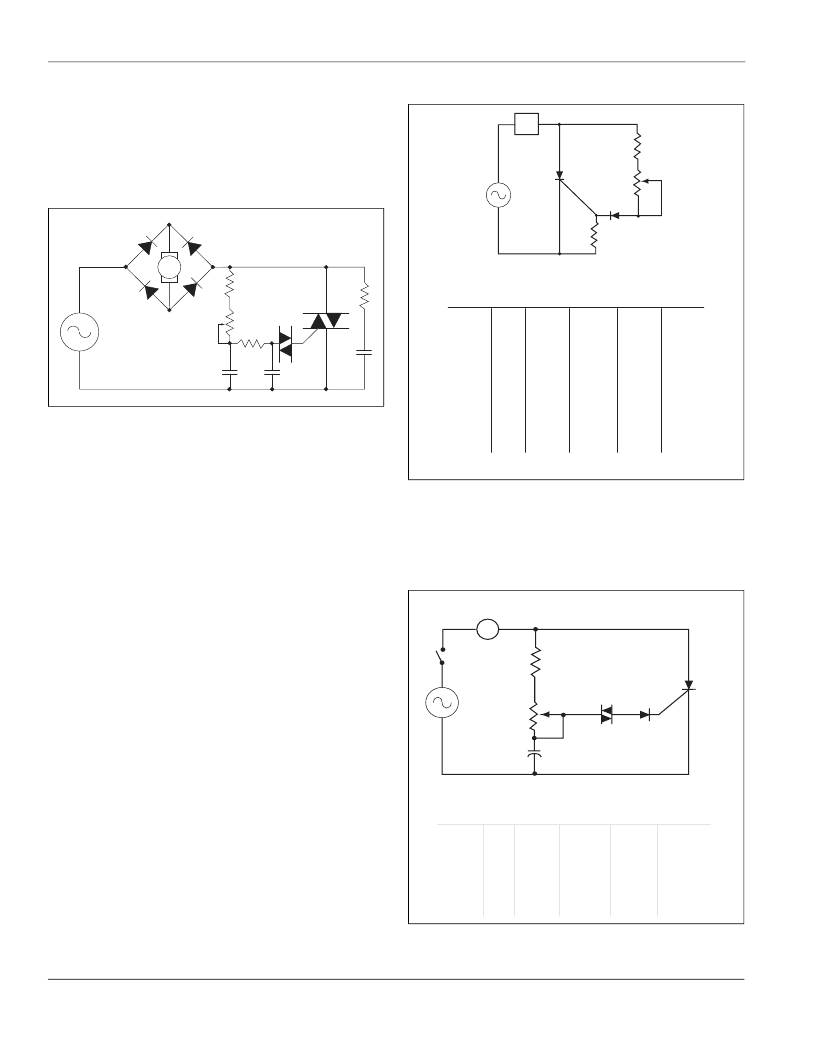- 您現(xiàn)在的位置:買賣IC網(wǎng) > PDF目錄369507 > BT136X-500 Thyristor Product Catalog PDF資料下載
參數(shù)資料
| 型號: | BT136X-500 |
| 英文描述: | Thyristor Product Catalog |
| 中文描述: | 晶閘管產(chǎn)品目錄 |
| 文件頁數(shù): | 138/224頁 |
| 文件大小: | 2697K |
| 代理商: | BT136X-500 |
第1頁第2頁第3頁第4頁第5頁第6頁第7頁第8頁第9頁第10頁第11頁第12頁第13頁第14頁第15頁第16頁第17頁第18頁第19頁第20頁第21頁第22頁第23頁第24頁第25頁第26頁第27頁第28頁第29頁第30頁第31頁第32頁第33頁第34頁第35頁第36頁第37頁第38頁第39頁第40頁第41頁第42頁第43頁第44頁第45頁第46頁第47頁第48頁第49頁第50頁第51頁第52頁第53頁第54頁第55頁第56頁第57頁第58頁第59頁第60頁第61頁第62頁第63頁第64頁第65頁第66頁第67頁第68頁第69頁第70頁第71頁第72頁第73頁第74頁第75頁第76頁第77頁第78頁第79頁第80頁第81頁第82頁第83頁第84頁第85頁第86頁第87頁第88頁第89頁第90頁第91頁第92頁第93頁第94頁第95頁第96頁第97頁第98頁第99頁第100頁第101頁第102頁第103頁第104頁第105頁第106頁第107頁第108頁第109頁第110頁第111頁第112頁第113頁第114頁第115頁第116頁第117頁第118頁第119頁第120頁第121頁第122頁第123頁第124頁第125頁第126頁第127頁第128頁第129頁第130頁第131頁第132頁第133頁第134頁第135頁第136頁第137頁當前第138頁第139頁第140頁第141頁第142頁第143頁第144頁第145頁第146頁第147頁第148頁第149頁第150頁第151頁第152頁第153頁第154頁第155頁第156頁第157頁第158頁第159頁第160頁第161頁第162頁第163頁第164頁第165頁第166頁第167頁第168頁第169頁第170頁第171頁第172頁第173頁第174頁第175頁第176頁第177頁第178頁第179頁第180頁第181頁第182頁第183頁第184頁第185頁第186頁第187頁第188頁第189頁第190頁第191頁第192頁第193頁第194頁第195頁第196頁第197頁第198頁第199頁第200頁第201頁第202頁第203頁第204頁第205頁第206頁第207頁第208頁第209頁第210頁第211頁第212頁第213頁第214頁第215頁第216頁第217頁第218頁第219頁第220頁第221頁第222頁第223頁第224頁

AN1003
Application Notes
http://www.teccor.com
+1 972-580-7777
AN1003 - 6
2002 Teccor Electronics
Thyristor Product Catalog
Permanent Magnet Motor Control
Figure AN1003.16 illustrates a circuit for phase controlling a per-
manent magnet (PM) motor. Since PM motors are also genera-
tors, they have characteristics that make them difficult for a
standard triac to commutate properly. Control of a PM motor is
easily accomplished by using an alternistor triac with enhanced
commutating characteristics.
Figure AN1003.16
Circuit for Phase Controlling a Permanent Magnet
Motor
PM motors normally require full-wave DC rectification. Therefore,
the alternistor triac controller should be connected in series with
the AC input side of the rectifier bridge. The possible alternative
of putting an SCR controller in series with the motor on the DC
side of the rectifier bridge can be a challenge when it comes to
timing and delayed turn-on near the end of the half cycle. The
alternistor triac controller shown in Figure AN1003.16 offers a
wide range control so that the alternistror triac can be triggered at
a small conduction angle or low motor speed; the rectifiers and
alternistors should have similar voltage ratings, with all based on
line voltage and actual motor load requirements.
SCR Phase Control
Figure AN1003.17 shows a very simple variable resistance half-
wave circuit. It provides phase retard from essentially zero (SCR
full on) to 90 electrical degrees of the anode voltage wave (SCR
half on). Diode CR
1
blocks reverse gate voltage on the negative
half-cycle of anode supply voltage. This protects the reverse gate
junction of sensitive SCRs and keeps power dissipation low for
gate resistors on the negative half cycle. The diode is rated to
block at least the peak value of the AC supply voltage. The retard
angle cannot be extended beyond the 90-degree point because
the trigger circuit supply voltage and the trigger voltage produc-
ing the gate current to fire are in phase. At the peak of the AC
supply voltage, the SCR can still be triggered with the maximum
value of resistance between anode and gate. Since the SCR will
trigger and latch into conduction the first time I
GT
is reached, its
conduction cannot be delayed beyond 90 electrical degrees with this
circuit.
Figure AN1003.17
Half-wave Control, 0° to 90° Conduction
Figure AN1003.18 shows a half-wave phase control circuit using
an SCR to control a universal motor. This circuit is better than
simple resistance firing circuits because the phase-shifting char-
acteristics of the RC network permit the firing of the SCR beyond
the peak of the impressed voltage, resulting in small conduction
angles and very slow speed.
Figure AN1003.18
Half-wave Motor Control
DC
MTR
115 V ac
Input
1.5 A
3.3 k
250 k
15 k 1/2 W
0.1
μ
F
400 V
HT-32
Q4006LH4
100
0.1
μ
F
100 V
0.1
μ
F
400 V
G
MT1
MT2
+
-
R1
IAC
SCR1
2.2 k
R3
R2
CR1
Load
IN4003
IN4003
IN4004
IN4004
IN4004
120 V ac
60 Hz
120 V ac
60 Hz
240 V ac
60 Hz
240 V ac
60 Hz
240 V ac
50Hz
0.8 A
8.5 A
0.8 A
8.5 A
2.5 A
500 k
100 k
1 M
250 k
1 M
1 k
Not
Required
1 k
Not
Required
1 k
EC103B
S2010F1
EC103D
S4010F1
T106D1
R2
R3
SCR1
CR1
AC
Input
Voltage
AC
Load
Current
M
R1
R2
C1
D1
SCR1
HT-32
3.3 k
AC
Supply
Universal Motor
CR1
AC
Input
Voltage
120 V ac
60 Hz
240 V ac
60 Hz
240 V ac
50 Hz
AC
Load
Current
8 A
6.5 A
6.5 A
150 k
200 k
200 k
IN4003
IN4004
IN4004
S2015L
S4008L
S4008L
0.1
μ
F 200 V
0.1
μ
F 400 V
0.1
μ
F 400 V
R2
CR1
SCR1
C1
相關PDF資料 |
PDF描述 |
|---|---|
| BT136X-500D | Thyristor Product Catalog |
| BT136X-500E | Thyristor Product Catalog |
| BT136X-500F | Thyristor Product Catalog |
| BT136X-500G | Thyristor Product Catalog |
| BT136X-600 | Thyristor Product Catalog |
相關代理商/技術參數(shù) |
參數(shù)描述 |
|---|---|
| BT136X-500D | 制造商:TECCOR 制造商全稱:TECCOR 功能描述:Thyristor Product Catalog |
| BT136X-500E | 制造商:TECCOR 制造商全稱:TECCOR 功能描述:Thyristor Product Catalog |
| BT136X-500F | 制造商:TECCOR 制造商全稱:TECCOR 功能描述:Thyristor Product Catalog |
| BT136X-500G | 制造商:TECCOR 制造商全稱:TECCOR 功能描述:Thyristor Product Catalog |
| BT136X-600 | 功能描述:雙向可控硅 RAIL TRIAC RoHS:否 制造商:STMicroelectronics 開啟狀態(tài) RMS 電流 (It RMS):16 A 不重復通態(tài)電流:120 A 額定重復關閉狀態(tài)電壓 VDRM:600 V 關閉狀態(tài)漏泄電流(在 VDRM IDRM 下):5 uA 開啟狀態(tài)電壓: 保持電流(Ih 最大值):45 mA 柵觸發(fā)電壓 (Vgt):1.3 V 柵觸發(fā)電流 (Igt):1.75 mA 最大工作溫度: 安裝風格:Through Hole 封裝 / 箱體:TO-220AB |
發(fā)布緊急采購,3分鐘左右您將得到回復。